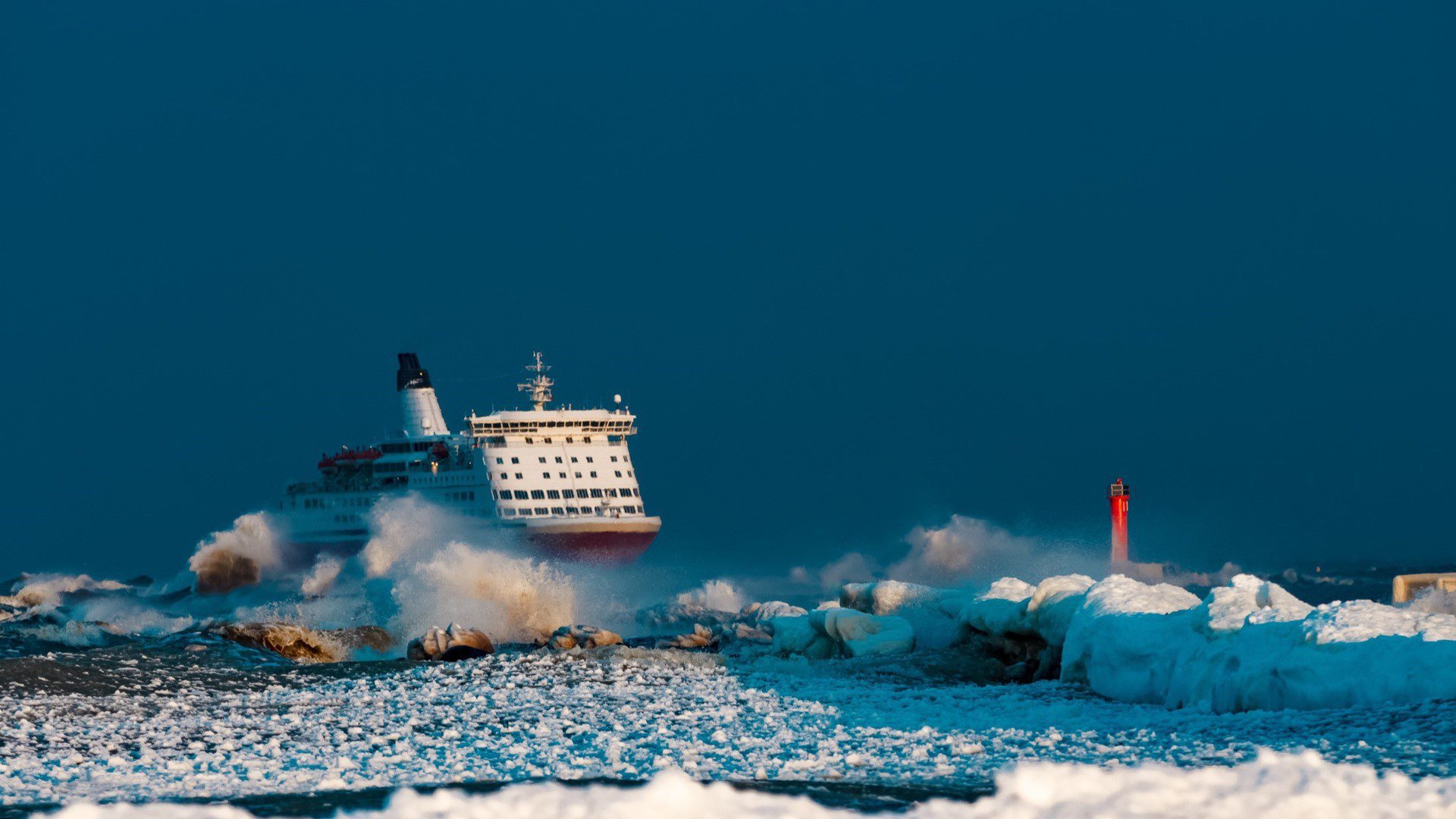January 28, 2019
Using flooding simulation analysis to improve SOLAS damage stability results
by Daniel Lindroth, NAPA Design Solutions

When it entered service in 1912, the Titanic was the largest passenger ship in the world. During its construction it was hailed as “practically unsinkable,” and as the journalist Walter Lord wrote in his history of the ship, “[This] was the considered opinion of experts at the time.”
The tragic loss of the ship and more than 68% of its 2,224 inhabitants forced a major rethink of vessel design and the safety features that ships needed to remain afloat and keep their crew and passengers safe.
In the Titanic’s era about one ship in a 100 was lost every year. Yet despite the global fleet of ships tripling in size since then, only 94 ships over 100 GT were globally reported lost in 2017 according to the specialist marine insurer Allianz. This equates to a rate of less than one in 670. Or, to put it in percentage terms, a decline of 85% in a century.
What changed?
One of the most important changes following the Titanic’s demise was an agreement on the development and enactment of international damage stability regulations. The first requirements were based on a combination of floodable length and margin line criteria, but over the past century the analysis have evolved to take into account flooding progression in stages and to consider far more damage cases with the help of increased computing power. Also, what started as deterministic checks have now largely been superseded by probabilistic approaches in today’s SOLAS.
Our study
In a paper titled “Application of Flooding Simulation for a Detailed Analysis of SOLAS Damage Stability Results” that I, on behalf of Pekka Ruponen, Markus Tompuri, and myself, presented at the International Conference on the Stability of Ships and Ocean Vehicles in September 2018 in Kobe, Japan, we recalculated carefully selected SOLAS damage stability cases using time-domain flooding simulation. The aim was to assess the impact that a more accurate progression of floodwater could have on individual damage cases and the overall attained index.
At present, probabilistic damage stability calculations in SOLAS Ch II-1 use simplified methods for defining the intermediate stages of flooding. Consequently, cross-flooding and progressive flooding through A-class fire proof boundaries are studied independently, despite often occurring simultaneously. By simulating the flooding progression, the artificial construction of flooding in stages and potential alternative flooding scenarios can be avoided. Results from our study show that benefits in both criteria results and calculation performance are possible when using this approach.
With cruise ships already capable of carrying more than 6,000 passengers on-board and designs becoming ever more advanced, a better understanding of the real behavior of ships is more important than ever. Be the design smaller or ultra-large, we believe that with more accurate tools the designer can get a far deeper understanding of the design and also further improve the level of safety for it.
If you’re interested in hearing more, or would like to discuss our findings in person, please reserve 4-6 June 2019 in your diary, and join me and my co-authors at the next NAPA User Meeting in Helsinki, Finland.
This blog was originally published in LinkedIn on January 14, 2019.